Namibia best weather month How to Plan Your Trip
Last updated on June 20th, 2025 at 02:40 pm
So there I was, standing in the middle of nowhere at 3 AM, watching my friend Jake try to start a campfire with numb fingers while our water bottles had actually frozen solid. This was supposed to be Africa, right? The land of endless heat and scorching sun?
Welcome to my introduction to Namibian winter, folks.
That freezing night in June 2017 taught me more about this country’s weather than any travel blog ever could. We’d packed for desert heat and ended up sleeping in our rental car because our summer sleeping bags were about as useful as tissue paper against those bone-chilling desert nights.
Three years and four more trips later, I finally figured out when to visit this wild, beautiful country. And let me tell you – the conventional wisdom floating around online is mostly garbage.
Table of Contents
Namibia Best Weather Month You’re Wrong
Most travel sites will tell you the same boring stuff: “Visit during dry season, April to October.” Cool, thanks for nothing. That’s like saying “eat food when you’re hungry” – technically correct but completely useless.
Here’s what actually matters: Namibia has roughly six different weather personalities depending on when you show up, and picking the wrong one can turn your dream safari into a miserable slog through extreme temperatures, crowds, or empty wallets.
The country sits way down in the Southern Hemisphere, which flips everything backwards from what us Northern folks expect. Their winter happens during our summer, their spring during our fall. Sounds simple until you’re standing in an African desert at dawn wondering why you can see your breath.
My Month-by-Month Reality Check
March: The Forgotten Transition
Nobody talks about March, and I get why. It’s this weird in-between month where summer’s dying but winter hasn’t started yet. I spent ten days there in March 2019, and honestly? It was pretty great.
Temperatures hover around 28°C during the day – warm but not brutal. The big summer rains are mostly finished, so you’re not dealing with muddy roads or washed-out campsites. Plus, everything’s still green from the recent water, which creates these absolutely surreal desert landscapes.
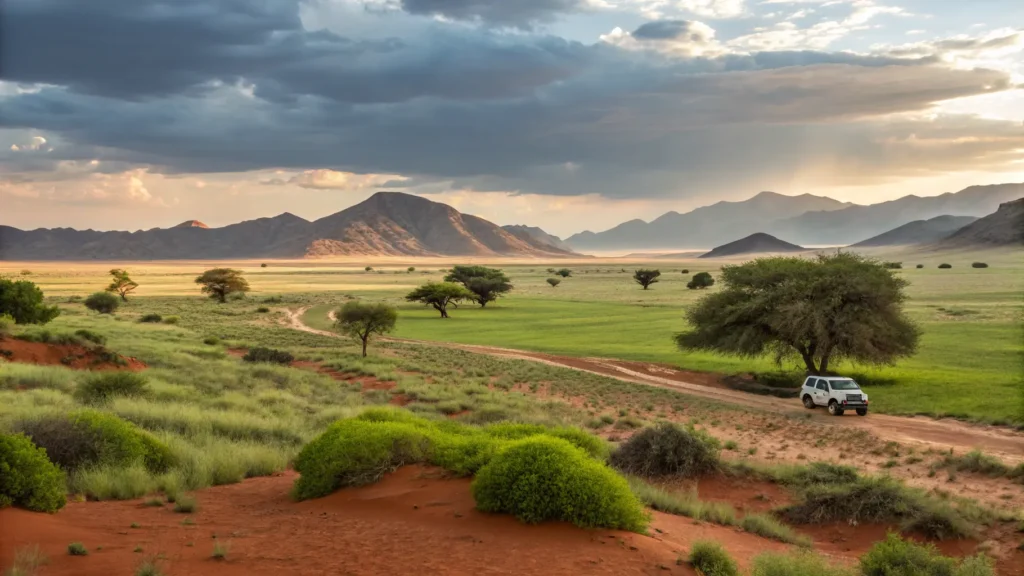

The catch? Some places are still doing post-rainy-season repairs, and wildlife hasn’t started concentrating around water holes yet. But if you want space to breathe and don’t mind slightly unpredictable conditions, March can work.
April Through June: The Golden Window
This is where things get interesting. April feels like nature’s air conditioning just kicked in. Daytime temps drop to that perfect 22-25°C range where you can actually enjoy being outside for more than ten minutes.
May ramps it up another notch. I did a solo road trip in May 2020, and it was hands-down my best Namibian experience. Comfortable temperatures, virtually no rain, and that crystal-clear desert air that makes everything look like it’s been Instagram-filtered.
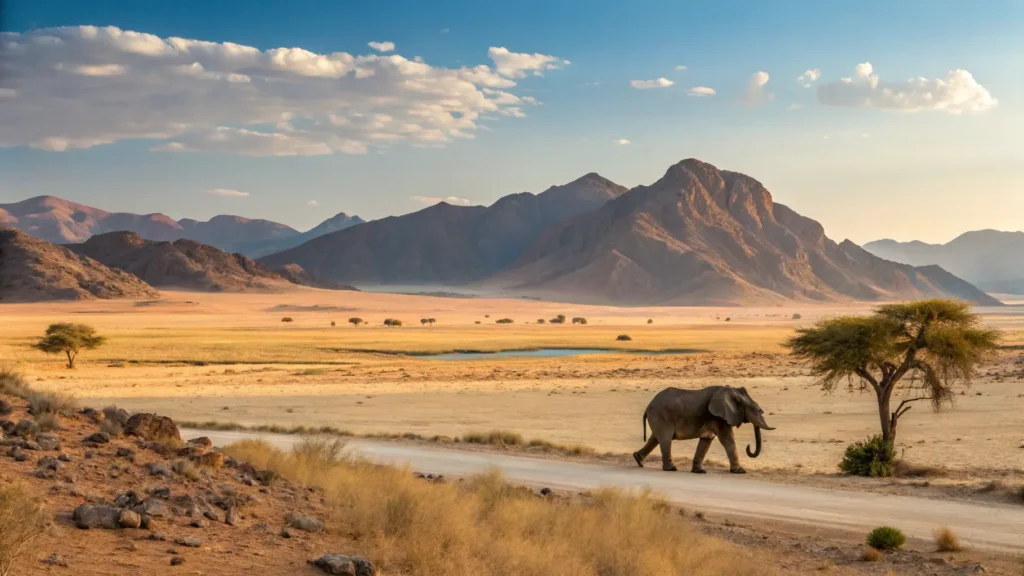

June starts getting seriously cold at night – we’re talking single digits – but the days are still gorgeous. Animals begin their annual migration to permanent water sources, which means game viewing picks up dramatically.
Reality check: These months, especially May and June, require serious advance booking. The secret’s out, and accommodations fill up fast.
July and August: Peak Season Hell (And Heaven)
These are the months every guidebook recommends, and for good reason. Daytime weather is absolutely perfect for every outdoor activity imaginable. Nighttime temperatures will freeze your socks off, literally.
I learned about the overnight temperature drop the hard way during that infamous 2017 trip. We’re talking about 20-degree swings between day and night. You’ll be in shorts and a t-shirt at 2 PM, then bundled up like you’re climbing Everest by 8 PM.
The good stuff:
- Zero humidity makes everything comfortable
- Wildlife viewing is incredible as animals crowd around limited water
- Perfect conditions for long hikes and multi-day camping
- Clear skies make for insane stargazing
The bad stuff:
- Tourist crowds everywhere, especially at Sossusvlei and popular Etosha camps
- Prices jump 40-50% above shoulder season rates
- Need to book everything 6+ months ahead
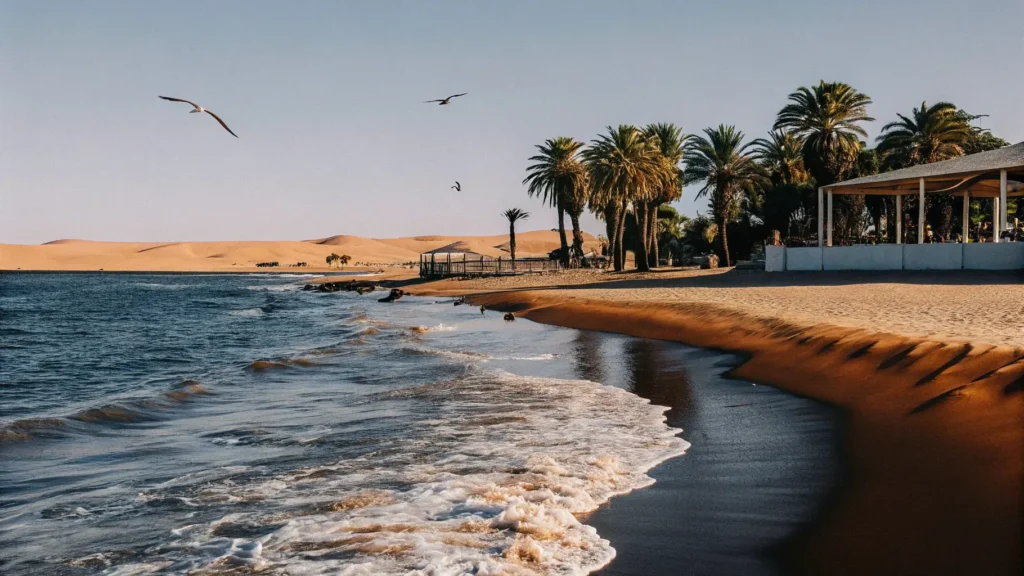

September and October: The Smart Money Months
If I could only visit Namibia twice, both trips would happen in these months. You get about 85% of peak season’s benefits at roughly 65% of the cost.
September starts warming things up – daytime temps climb toward 27°C, which is perfect for desert activities. October pushes toward 30°C, still comfortable but you can feel summer approaching.
I spent three weeks in October 2021 doing a photography project, and the light during these months is absolutely magical. Longer days, warm but not hot temperatures, and that golden hour that seems to last forever.
Insider tip: Book for late September if you want the best of both worlds – great weather and reasonable prices.
November Through February: When Locals Stay Inside
Don’t do it. Seriously. I know the flights are cheaper and the hotels have deals, but there’s a reason for that.
I made this mistake exactly once, visiting in January 2018. Daytime temperatures hit 40°C regularly, humidity makes everything sticky and miserable, and afternoon thunderstorms can wash out roads with zero warning.
The only exception? If you’re specifically interested in seeing the desert bloom after rains, which happens some years and creates these incredible carpets of wildflowers. But even then, you’re gambling on weather patterns that can’t be predicted months in advance.
Regional Weather: It’s Not All The Same
Coast vs. Interior: Two Different Countries
The coastal strip around Swakopmund has its own weather system thanks to the cold Benguela Current. I’ve worn a winter jacket there in December while it was blazing hot just 60 miles inland.
Coastal weather stays moderate year-round but comes with its own challenges:
- Morning fog can last until noon
- Ocean winds make it feel colder than the thermometer suggests
- Can be cloudy and gray when the interior is sunny and clear
Mountain Areas: Altitude Matters
Windhoek sits at 1,700 meters above sea level, and you definitely feel it. Winter mornings there can hit freezing while the lowland deserts are perfectly pleasant.
The Brandberg, Spitzkoppe, and other mountain areas get even colder. I’ve seen snow on the Brandberg in July – actual snow, in the middle of the Namib Desert.
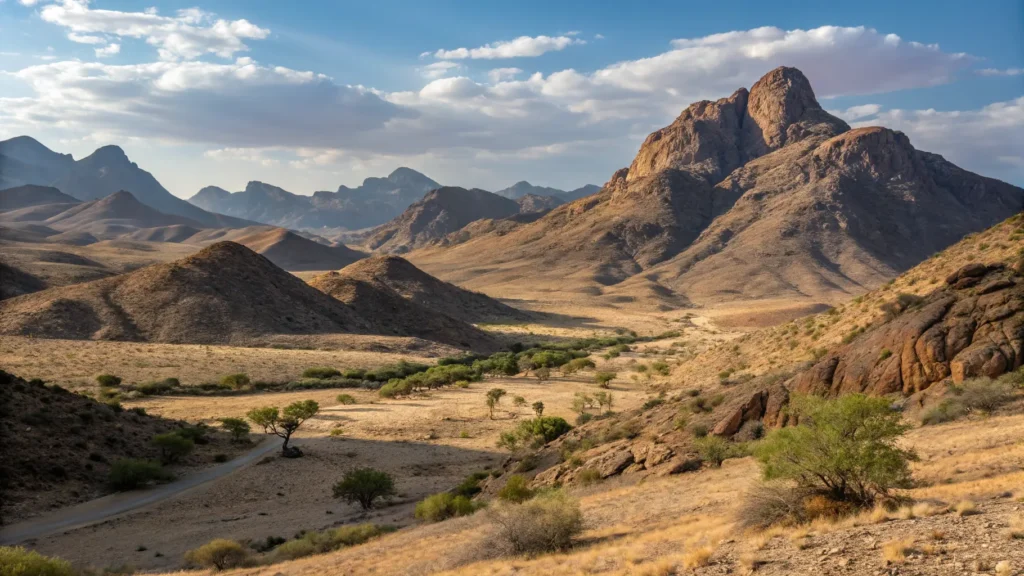

Northern vs. Southern Deserts
The northern regions around Etosha get slightly more rain and slightly higher temperatures. The deep south around Fish River Canyon experiences more extreme temperature swings.
These differences matter when you’re planning multi-region trips. Pack for the most extreme conditions you’ll encounter, not just the averages.
Activity-Specific Weather Planning
Wildlife Photography: Timing Is Everything
The best game viewing happens during the driest, coldest months when animals concentrate around water. But the best light for photography often happens during shoulder seasons when the sun angle is more interesting.
I spent a week at Etosha in August focusing specifically on wildlife photography. The animal activity was incredible, but the midday light was harsh and unflattering. The photos I took during a September trip had much better light quality.
Photography tip: Plan wildlife photography for early morning and late afternoon regardless of season. Namibian midday sun is brutal on both you and your camera settings.
Desert Hiking: Start Early or Suffer
Climbing Big Daddy dune in the heat of the day is basically torture. The sand gets hot enough to burn through shoes, and the physical exertion in dry air will dehydrate you faster than you’d think possible.
I’ve done this hike in four different months now. The sweet spot is starting before sunrise and finishing by 9 AM, regardless of season. During cooler months, you might get away with a late afternoon climb, but mornings are always better.
Stargazing: Clear Skies Rule Everything
Namibia has some of the darkest skies on Earth, but weather still matters. Humidity during summer months can create haze that ruins astronomical viewing. Dry season offers the clearest conditions.
The International Dark-Sky Association designated the NamibRand Nature Reserve as an official Dark Sky Reserve. I spent two nights there in July, and honestly, seeing the Milky Way that clearly changed my entire perspective on light pollution.
Budget Reality: When Costs Make Sense
Peak season pricing can be eye-watering. I’ve seen lodge rates triple between May and July. But here’s the thing about once-in-a-lifetime destinations: sometimes perfect conditions are worth paying for.
Budget strategies that actually work:
- Visit in May or September for the best weather-to-cost ratio
- Self-drive camping cuts accommodation costs by 70-80%
- Book domestic flights for long distances – sometimes cheaper than gas and vehicle wear
- Look for package deals that include meals – food costs add up fast
I’ve done both budget camping trips under $100/day and luxury lodge experiences over $1,000/day. Both can be incredible if the timing is right.
Packing Mistakes That Matter
The layering obsession: Every packing list says “bring layers,” but they never specify how many. One warm jacket, one light fleece, and regular clothes handle 95% of situations. Don’t bring your entire winter wardrobe.
Footwear failures: You need proper hiking boots for rocky terrain and loose sand, but also pack camp shoes. Your feet will be destroyed without comfortable evening options.
Sunscreen stupidity: The African sun will cook you even in winter. SPF 50+ isn’t negotiable, it’s survival equipment.
Water miscalculations: Desert air sucks moisture out of you constantly. Bring a good water bottle and drink constantly, even when you don’t feel thirsty.
What I Wish Someone Had Told Me
After all these trips, here’s my honest assessment:
If money’s no object and you want guaranteed perfect weather: Go in July or August. Yes, it’s crowded and expensive, but conditions are absolutely ideal.
If you want the best balance of everything: Plan for May or September. Great weather, reasonable costs, authentic experiences.
If you’re on a tight budget: April and October can work, but expect some weather compromises.
If you’re flexible and adventurous: March can be interesting, but have backup plans.
Never, ever visit during: November through February unless you enjoy suffering in extreme heat.
The Real Bottom Line
Choosing when to visit Namibia comes down to your priorities, budget, and tolerance for weather extremes. The “perfect” time doesn’t exist – just different combinations of trade-offs.
My personal favorite remains May: great weather, manageable crowds, reasonable prices, and that post-rain green tinge that makes the desert landscapes absolutely otherworldly.
But honestly? Even my disaster trip in 2017 created memories I wouldn’t trade. Sometimes the best travel stories come from when everything goes slightly wrong.
What’s your experience with extreme weather destinations? Are you the type who plans everything perfectly, or do you prefer rolling with whatever nature throws at you? I’d love to hear your thoughts – and maybe save you from making some of my more painful mistakes.
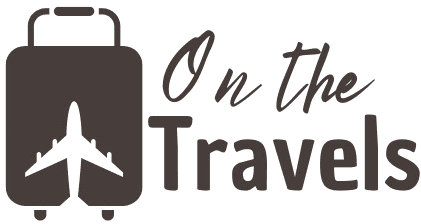

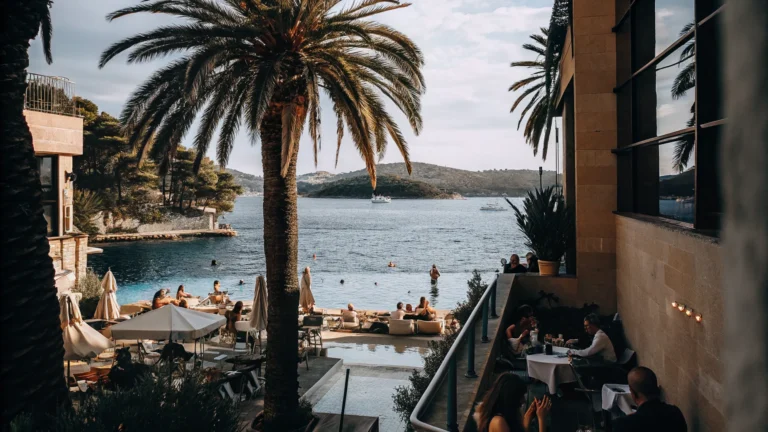
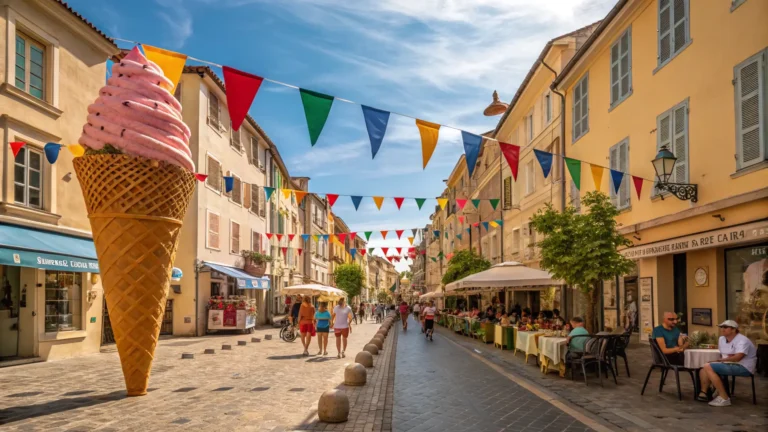

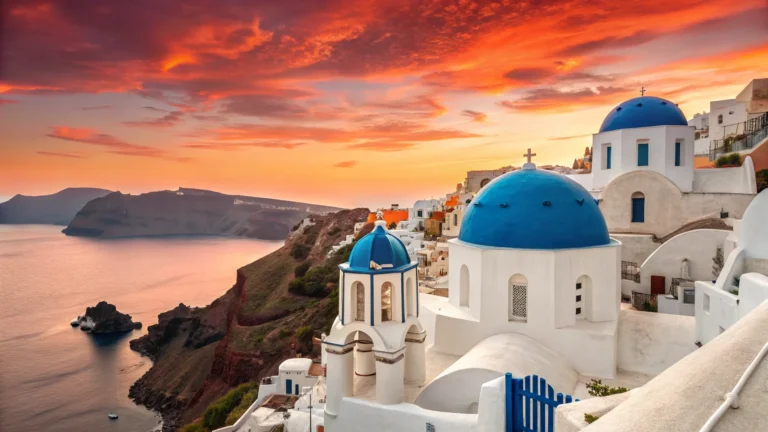
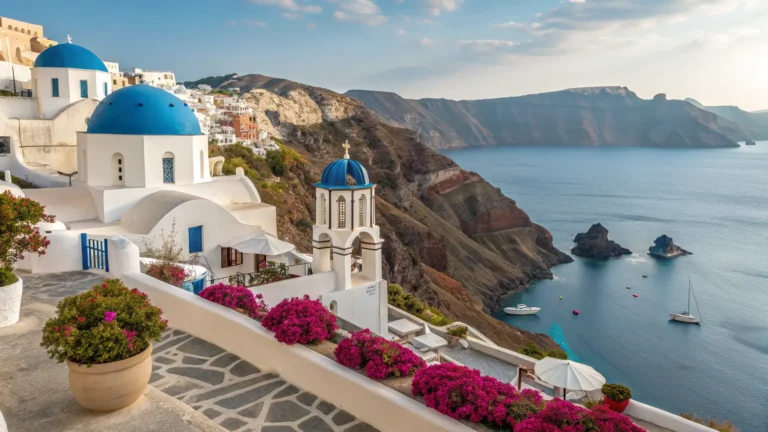
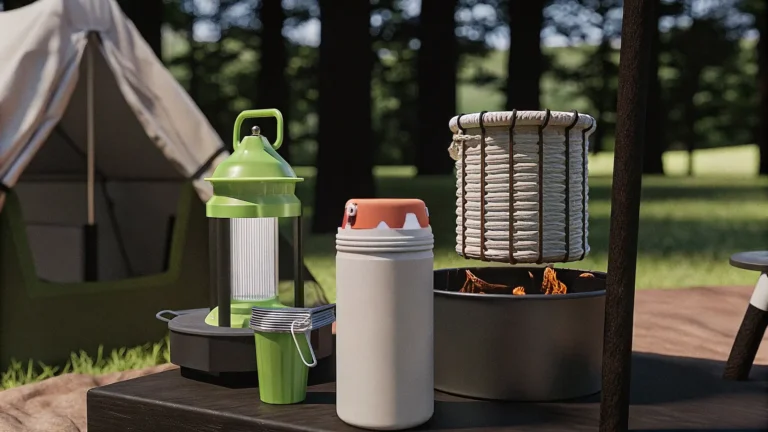
One Comment